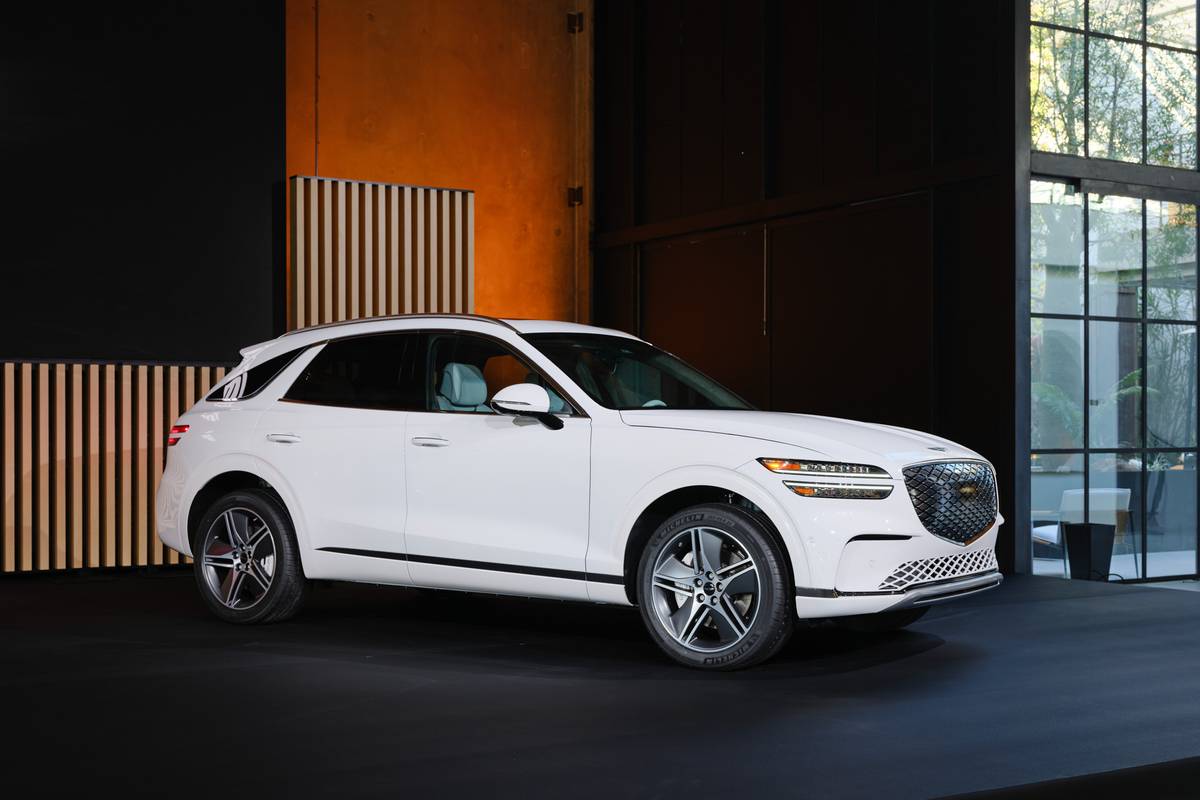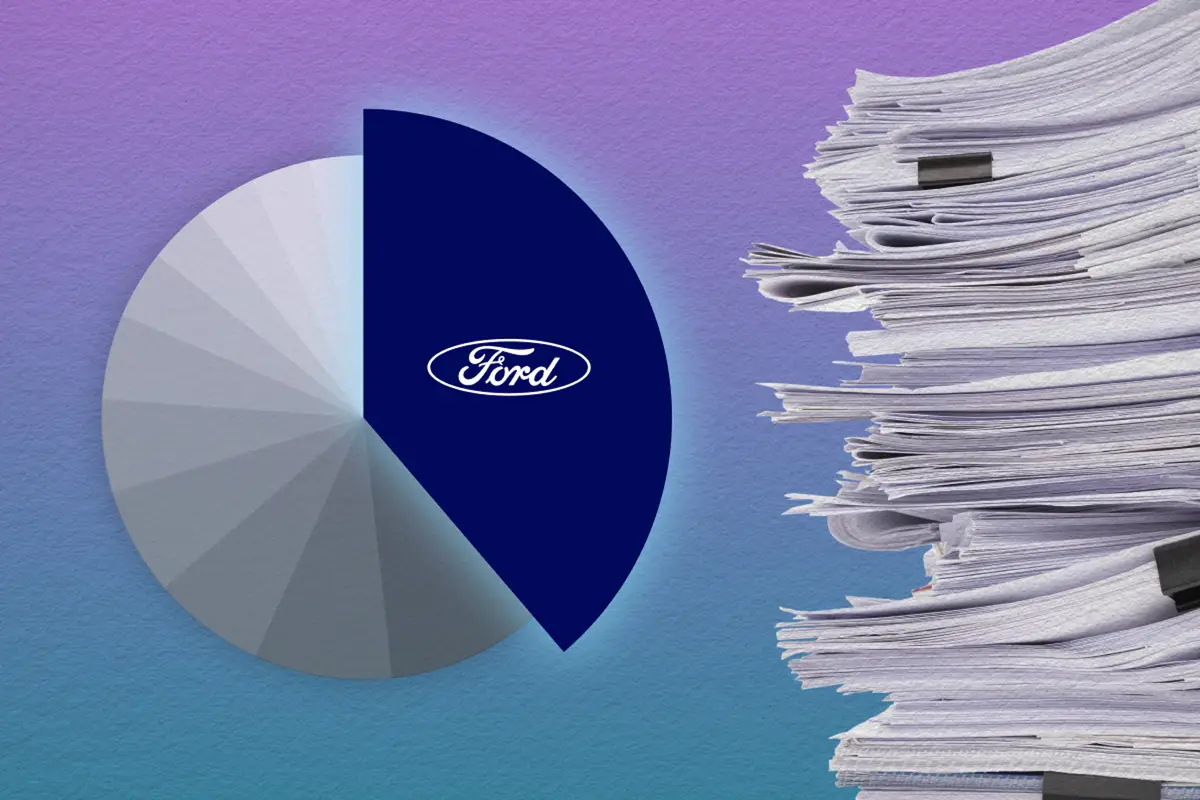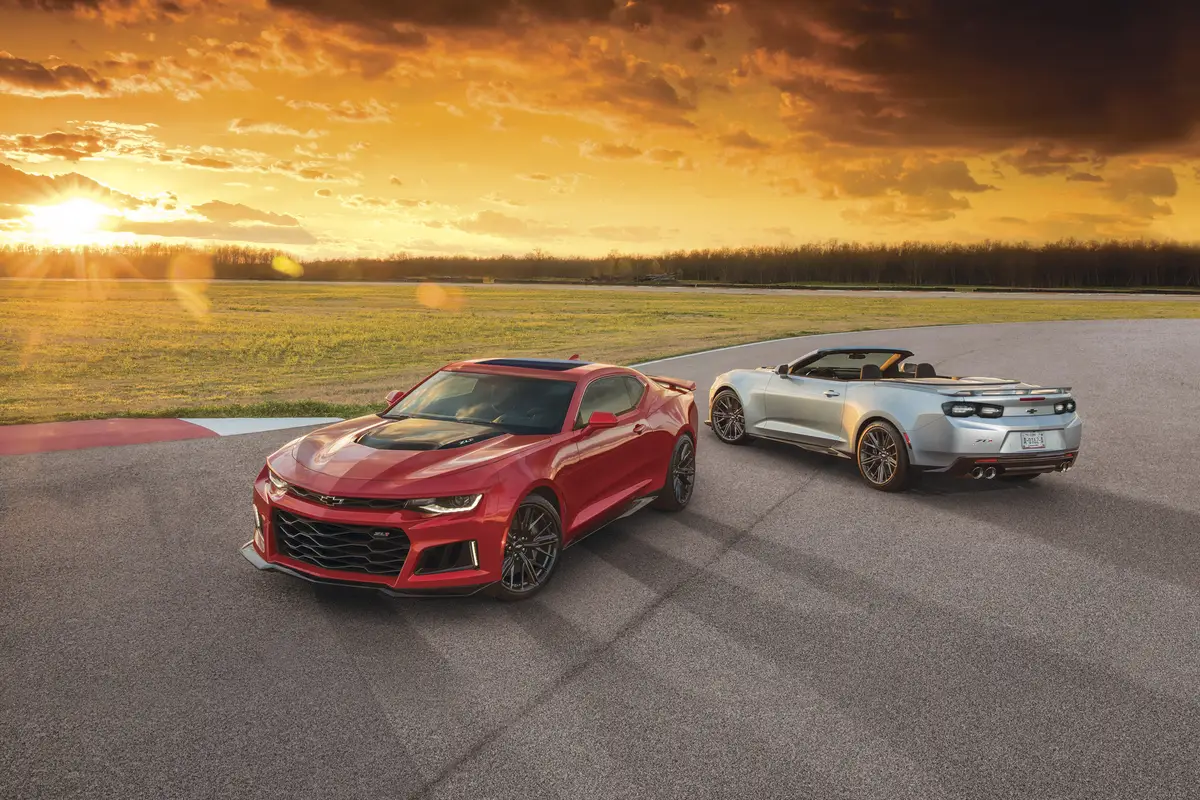KansasCity.com's view
The compact Chevrolet Cobalt may not have radically different looks, but it is a radically different car from last year’s Cavalier.
Chevy embarked on the Cobalt’s design with a clean sheet of paper and one eye on the competition. Refinement is a key word for the new car. The interior is comfortable, wind and road noise are considerably lower, and the 2.2-liter Ecotec engine feels civilized.
The Cobalt family includes coupe and sedan models that come in base, LS and LT trim levels. A supercharged performance coupe called the SS will debut in mid-year as a 2006 model.
Standard features include air conditioning, electric rear defogger, CD player, dual-stage front airbags and front seat-belt pretensioners. Four channel antilock brakes are standard on the LS and LT, and traction control comes on cars with automatic transmission. Available options include side-curtain airbags, XM satellite radio and OnStar
Pricing starts at $14,190 for base coupe and sedan models. The Cobalt LS coupe and sedan have a base price of $16,485, while the LT sedan starts at $18,760. The SS coupe will begin at $21,995. The test car was an LT sedan with a sticker price of $21,325.
The Cobalt uses Quiet Steel to reduce noise and vibration. Quiet Steel is composed of two steel panels with plastic sandwiched in between.
The 2.2-liter Ecotec engine was designed to be quieter, too. It uses pistons with a polymer coating, an acoustic engine cover and an automatic timing chain tensioner. Twin rotating balance shafts reduce vibration, too.
The four-valve, dual-overhead-cam Ecotec engine has a nice hum that never seems loud or intrusive. It produces 145 horsepower and 155 pound-feet of torque. Maximum torque comes at 4,000 rpm, and that means the engine has to be revved for maximum pulling. More torque at a lower rpm would give the engine more muscle for stepping away from a stop or powering up a hill. When I ran the air conditioner on a warm day I could feel a moderate power drop.
The Cobalt’s standard transmission is a Getrag five-speed manual, and a four-speed automatic is optional.
The SS will have the same supercharged 2.0-liter engine as the Saturn Ion. Maximum output is 200 horsepower and 205 pound-feet of torque.
Another reason for the Cobalt’s tight feel is GM’s Delta chassis architecture and the strategic use of high-strength steel. This structure is a noticeably stiff and solid foundation on which to hang the suspension. McPherson struts are used in front, and the rear has a semi-independent torsion beam rear axle. The electronic power steering is light, sometimes too much so. The turning radius is commendably tight at 34.8 feet.
The Cobalt’s cabin is a welcome upgrade from the Cavalier. The dash, console and door panels all have a texture that looks like leather even though the surface is hard to the touch. Gauges, switches and secondary controls are all a major upgrade. Woodgrain trim, while obviously not real, still imparts a sense of warmth to the dash and door panels.
Headroom and legroom are good throughout considering the compact size of the vehicle. Getting in and out of the back seat was easy, too. The 60/40 split-folding back seat can be used to expand the already generous trunk when you need to haul large or long items.
Price
The base price of the test vehicle was $18,195. Keyless entry, heated leather seats, fog lamps and aluminum wheels were standard. Options included a power sunroof, OnStar, XM satellite radio, side-curtain airbags, decklid spoiler and an AM/FM stereo with CD and MP3 player. The sticker price was $21,325.
Warranty
Three years or 36,000 miles and a five-year, 60,000-mile powertrain warranty.
Engine: 2.2-liter, 145-hp 4-cyl.
Transmission: automatic
Front-wheel drive
Wheelbase: 103.3 inches
Curb weight: 2,989 lbs.
Base price: $18,195
As driven: $21,325
Mpg rating: 24 city, 32 hwy.
At A Glance
Point: The Cobalt is a vast improvement over the Cavalier and a worthy competitor in the compact segment. The styling is clean and handsome, noise and vibration have been dealt a serious blow and the cabin gains an upscale look.
Counterpoint: The 2.2-liter, Ecotec engine makes decent power, but more low-speed torque would give it quicker acceleration off the line and enable it to pull hills easier with the air conditioner on.
Latest news



